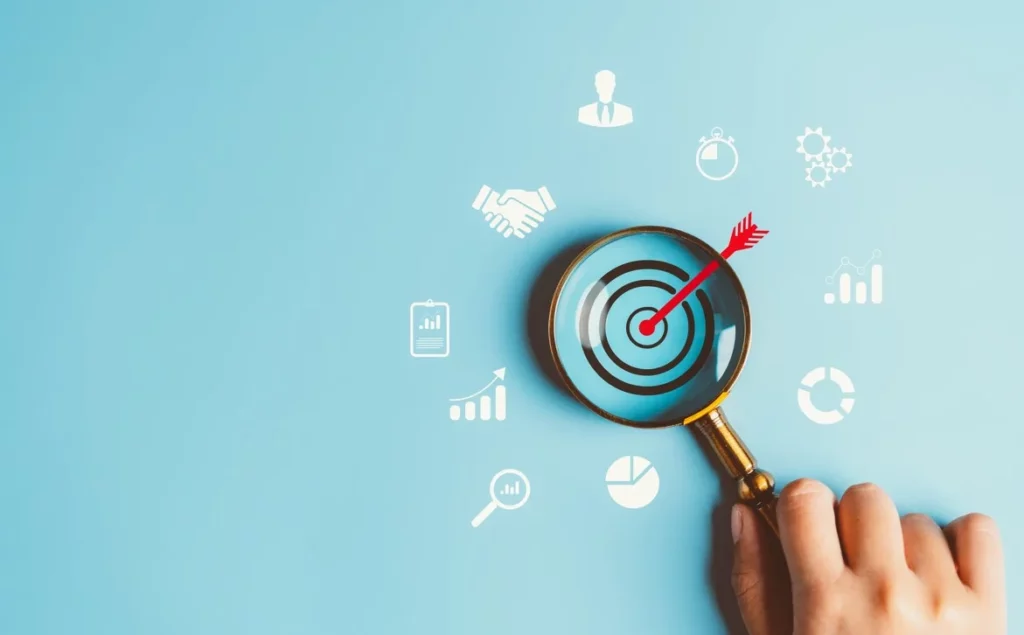
In the dynamic realm of public relations, where information is currency and reputation is invaluable, media monitoring stands out as an essential tool for every PR professional. It’s a guiding compass in the unpredictable landscape of public opinion, allowing precise navigation through modern communication challenges. This article explores how to effectively integrate media monitoring into your PR strategy, highlighting its potential and significance in contemporary communication efforts.
The Influence of Media on Our Lives
The impact of information on our lives is immense. For instance, we grab an umbrella when a weather forecast predicts rain. Social media’s potential influence is evident in countries with restrictive governments that ban its use, fearing its power. In Egypt, during the 2011 Arab Spring, social media was crucial in organizing protests and mobilizing society against Hosni Mubarak’s regime. Platforms like Facebook, Twitter, and YouTube were key tools for young activists to organize demonstrations and share information. Similarly, social media played a significant role in Kyiv’s 2013-2014 Revolution of Dignity.
Why is Media Monitoring Important for PR Professionals?
Media monitoring is a crucial component of any effective PR strategy. Both traditional and social media significantly impact brand image and public perception. Brands must be aware of what is being said about them and their competitors to manage their reputation effectively, seize emerging opportunities, and respond swiftly to crises. Tools offered by Mediaboard are essential in the daily work of PR professionals, enabling precise monitoring and data analysis, as well as quick decision-making.
Media monitoring is no longer just an option; it’s a necessity for companies and organizations wanting to maintain control over their image and respond effectively to changing market trends. In an era where a single tweet can go viral, and a post on a popular blog can affect stock prices, the ability to quickly capture and analyze information is crucial for survival and growth.
Key Benefits of Media Monitoring
- Brand Reputation Management: Quick detection of negative mentions and crisis response protects the brand’s reputation.
- Understanding Public Opinion: Sentiment analysis helps identify key topics important to the audience.
- Competitive Analysis: Tracking competitors’ activities aids in better brand positioning and marketing strategy adjustment.
- Trend Detection: Identifying new market trends and quickly adapting communication strategies is key to market success.
The importance of media monitoring in PR strategy cannot be overstated. It forms the foundation for a conscious and reactive communication strategy. PR specialists can track current trends and opinions about their organization, predict potential crises, and respond quickly. Media monitoring provides valuable data for strategic decision-making, message shaping, and measuring PR effectiveness.
Media Monitoring Tools – Technology in the Service of PR
Modern media monitoring relies on advanced technological tools that automate data collection and analysis. Platforms like Mediaboard use advanced technologies and machine learning to process vast amounts of content in real-time. This gives PR specialists access to up-to-date information and allows them to respond quickly to changing media situations.
Choosing the right media monitoring tool is crucial for effective PR activities. When selecting a tool, consider factors such as the range of monitored sources, accuracy of analysis, ease of use, and integration capabilities with other tools used in your organization. Investing in advanced technological solutions can significantly enhance PR effectiveness and contribute to better brand reputation management.
Best Practices in Media Monitoring for PR Strategy
Choosing the Right Media Monitoring Tools
Modern monitoring tools offer a range of functionalities that significantly facilitate the work of PR specialists. The innovative media monitoring platform Mediaboard enables its clients to:
- Monitor press, internet, RTV media, and social platforms
- Track specific phrases
- Analyze sentiment
- Evaluate competition
- Benchmark performance
- Receive real-time notifications
- Engage in influencer marketing
- Perform advanced reporting
- Receive image consulting
- Utilize metrics such as AVE (Advertising Value Equivalent), reach, range, and unique users (UU)
- Use indicators like OTS (Opportunities to See), GRP (Gross Rating Point), CPP (Cost Per Point), and demographic data, readership, and sales figures
Setting Monitoring Goals
Before starting media monitoring, define your goals. Are you aiming to manage your reputation, analyze competitors, identify new trends, or measure PR campaign success? Clear goals help you make better use of collected data and achieve more valuable results.
Real-Time Monitoring
In PR, every second counts. Real-time media monitoring allows you to detect crises and negative mentions immediately. Swift reactions can nip problems in the bud and protect your brand’s image from more serious consequences.
Sentiment Analysis
Sentiment analysis interprets the emotions in mentions about your company. This helps you understand how people perceive your brand and what emotions your actions evoke. Tools like Mediaboard offer advanced sentiment analysis features, invaluable for assessing campaign and communication strategy effectiveness. You’ll learn what works and what needs improvement to build a better company image.
Reach and AVE Value
The AVE (Advertising Value Equivalent) metric measures the media value of gained mentions by comparing them to advertising costs. This assesses how effectively your messages reach audiences without investing in paid campaigns. Combining sentiment analysis and AVE gives a comprehensive picture of PR activities’ impact on brand image, showing how effectively you reach your audience and what emotions your messages evoke.
Regular Data Analysis and Reporting
Media monitoring is a dynamic process requiring constant attention and analysis. Regular reports and detailed analyses help draw valuable conclusions and adapt PR strategies to changing needs and market conditions. Reports should include:
- Number of Mentions: Tracking how often your brand appears in the media helps measure PR activity reach.
- Sentiment Analysis: Understanding emotions associated with your brand helps gauge recipient reactions.
- Key Topics and Trends: Identifying main topics and trends aids in precise PR activities.
- Competitive Analysis: Tracking competitors helps find market gaps and opportunities.
- Conclusions and Recommendations: Formulate suggestions for future PR activities based on collected data.
These reports provide valuable information and enable quick reactions to changing market conditions, helping better manage brand image and achieve goals.
Integration with Marketing Activities
Media monitoring should be closely linked to other marketing activities. Collaboration between PR, marketing, sales, and customer service departments leads to more coherent and effective actions. This dynamic response to changes allows companies to adapt strategies to current market needs. Effective collaboration ensures every campaign and action is carefully coordinated, utilizing the full potential of marketing and PR activities for better results and stronger customer relationships.
Online Reputation Management in the Era of Social Media
In the age of social media, online reputation management is a significant challenge for PR specialists. Media monitoring plays a crucial role, allowing quick capture and response to opinions, comments, and discussions about the brand online. Given the speed at which information spreads on social media, this is particularly important.
Effective online reputation management requires not only monitoring but also actively shaping the brand narrative. Media monitoring data helps PR specialists identify potential threats to the company’s reputation before they escalate into crises. This proactive approach minimizes potential damage.
Media monitoring also identifies positive trends and opportunities to strengthen the brand’s image. Tracking positive mentions and opinions helps identify brand ambassadors for collaboration, reinforcing positive messaging. This proactive approach builds a strong and positive brand presence online.

The Future of Media Monitoring in PR Strategy
With technological advancements and media landscape evolution, media monitoring in PR is continuously transforming. The future lies in deeper integration of artificial intelligence and machine learning, enabling precise data analysis and trend prediction. Future tools will monitor and analyze data and proactively suggest communication strategies based on advanced predictive algorithms.
Additionally, the future will focus more on the ethical aspects of media monitoring, especially concerning data privacy and responsible information use. PR specialists must balance the need to collect valuable data and respect individual privacy. This challenge will shape media monitoring tools and practices in the coming years.
Conclusion
By following these tips and best practices, you can optimize your media monitoring for an effective PR strategy. Utilize advanced tools like Mediaboard, incorporate real-time monitoring, and perform regular data analysis to ensure your brand stays ahead in the public eye. Effective media monitoring helps capture journalists’ attention, manage your brand’s reputation, and achieve your PR goals.
